Material:
High-density polyethylene (HDPE) or low-density polyethylene (LLDPE): Commonly used for their durability and resistance to punctures.
Biodegradable and compostable options: Increasingly preferred for environmental sustainability.
Non-chlorinated plastic: Reduces the release of harmful chemicals during incineration.
Thickness:
Minimum 50 microns: For HDPE/LLDPE bags.
120 microns: For bags made from PVC, PET, PLA, PBAT or compostable biopolymers.
Thicker bags: May be necessary for waste with sharp edges or heavy items.
Other Important Requirements:
Biohazard symbol: Should be printed on the bag for easy identification.
Labeling: Bags should be labeled according to the Biomedical Waste Management Rules, 2016.
Odor-free: Bags should be free from any unpleasant smells.
Pinhole-free: Should not have any punctures or leaks.
Uniform color: Bags should be consistent in color throughout.
Transparency: At least 50% transparency for easy identification of contents.
Barcode or QR code: May be required for tracking and record-keeping.
Proper storage: Bags should be stored in designated areas away from general waste.
Daily records: Records of waste generation should be maintained.
Specific Considerations:
Sharps: Needles, syringes, and other sharp objects should be placed in puncture-proof containers before being placed in the appropriate color-coded bag.
Liquid waste: Should be disinfected and treated separately before disposal.
Re-usable containers: If re-usable containers are used, they should be disinfected and cleaned thoroughly.
By adhering to these requirements, healthcare facilities and other waste generators can ensure the safe and responsible management of biomedical waste.

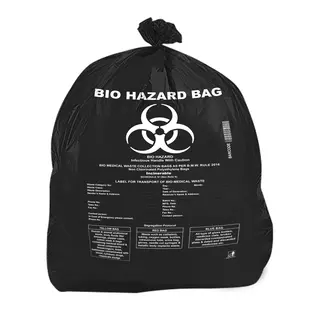

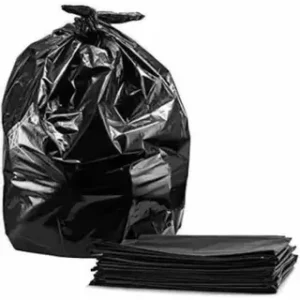

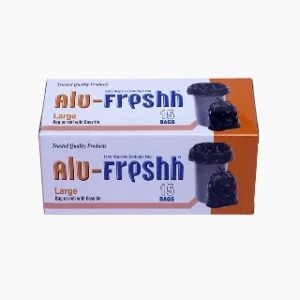
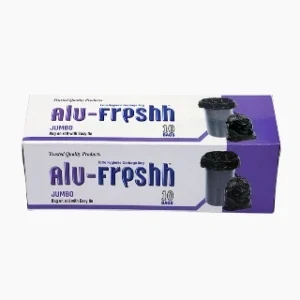


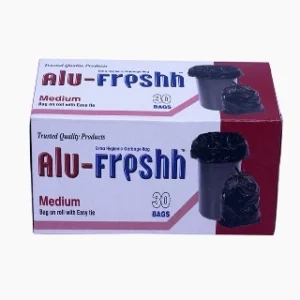
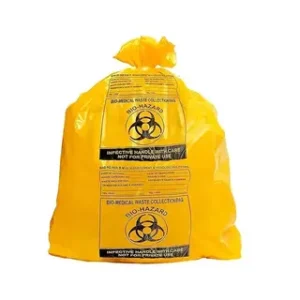


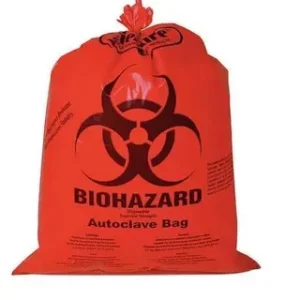
 No products in the cart.
No products in the cart.